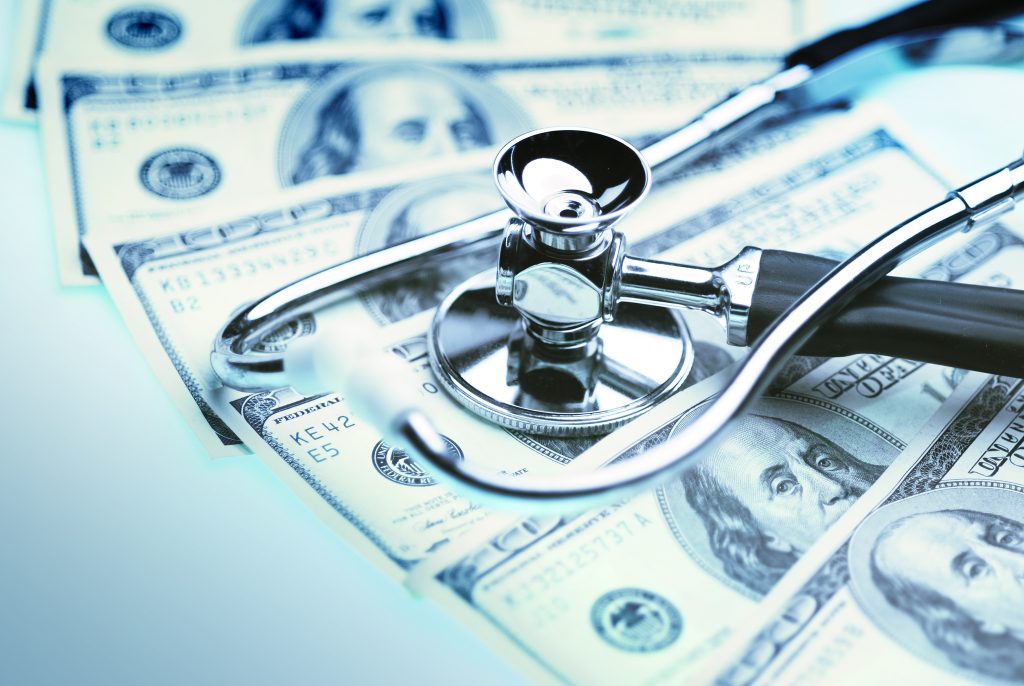The Highest Paying U.S. Metro Areas for Nurses
If your 2020 job search has you considering a change of scenery, you may want to consider these metro areas offering top pay for nurses.
The Highest Paying U.S. Metro Areas for NPs and PAs
If your 2020 job search has you considering a change in location, knowing which areas offer the highest pay can help you decide your next move.
Debt and the DPT
While it is a topic that has plenty of anecdotal evidence, a study has now been conducted on the oftentimes crippling debt burden of physical therapists.
Nurses Rank Highest in Honesty, Ethics
Well done, nurses. For the 18th year in a row, Americans have named you as the most honest and ethical professionals in the country.
Nurse Practitioners and Physicians Behind the 8-Ball
Due, in part, to their compassionate nature and dedication to their patients, MDs, NPs, and other overworked healthcare professionals have found themselves in an impossible position, with few options for relief.
Kick off Your 2020 Job Search with These Awesome Therapy Jobs
If you’re a PT, OT, or SLP who made a resolution to find a new job in 2020, this list of openings is a fantastic place to start your search.
Healthcare Resume: 4 Steps to a Standout Professional Summary
Your professional summary is one of the most important aspects of your resume. Here’s how to get it right.
4 Ways Medical Offices Can Keep Their Patient Information More Organized
Looking to be more organized in 2020? That can also extend to your workplace and patient information. Here are some tips on how to keep it tidy.
How to Handle Gender Bias at Your Medical Practice
If you want to build a better culture within your practice in 2020, these strategies can help you create a more inclusive workplace for your staff.
2 of the Best Diet Plans for Nurses with a Hectic Schedule
For nurses, adhering to a diet on a hectic schedule can seem nearly impossible. However, if you vowed to lose weight in 2020, these plans may help.








